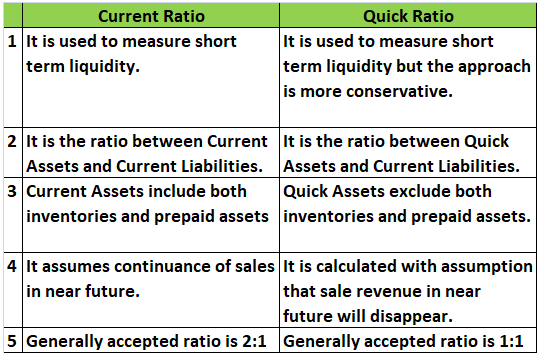Profitability ratios measure how profitable a company is and are used to assess its performance and efficiency. Based on the income statement and balance sheet of a company, these ratios are calculated. In terms of profitability ratios, there are several types, each providing a different viewpoint.Read more
Profitability ratios measure how profitable a company is and are used to assess its performance and efficiency. Based on the income statement and balance sheet of a company, these ratios are calculated.
In terms of profitability ratios, there are several types, each providing a different viewpoint.
The following are some common profitability ratios:
Gross profit margin: This ratio measures the percentage of revenue that remains after the cost of goods sold has been deducted. Producing and selling efficiently is indicated by this metric.
Net profit margin: An organization’s net profit margin is the portion of revenue left after all expenses have been deducted. A company’s profitability is measured by this indicator.
Return on assets (ROA): This ratio measures how profitable a company’s assets are. In other words, it indicates how effectively a company generates profits from its assets.
Return on equity (ROE): This ratio measures the profitability of a company’s equity. It shows how effectively a company generates profits from its shareholders’ investments.
Analysts and investors use profitability ratios to evaluate a company’s performance and profitability ability.
An investor or analyst can evaluate a company’s relative strength and identify potential opportunities or risks by comparing its profitability ratios with its peers or its industry averages.
See less




Statutory Liquidity ratio is the minimum percentage of reserves of liquid assets that the commercial bank should maintain. These liquid assets are in the form of gold, cash, and other securities. These reserves are kept with the bank itself and not with the Reserve Bank of India. The bank holds variRead more
Statutory Liquidity ratio is the minimum percentage of reserves of liquid assets that the commercial bank should maintain. These liquid assets are in the form of gold, cash, and other securities. These reserves are kept with the bank itself and not with the Reserve Bank of India.
The bank holds various demand and time deposits of the public, the total of which is called Net Demand and Time Liabilities (NDTL). This includes demand deposits that have to be paid on demand. Various other deposits like time deposits, fixed deposits, demand drafts, etc. are also included.
Every bank must keep a portion of its NDTL in the form of cash, gold, or other liquid assets. Therefore, the Statutory Liquidity Ratio is the ratio of these liquid assets to the total demand and time liabilities. The authority to determine the ratio lies with the RBI, who can increase it to the extent of 40%.
FORMULA
PURPOSE OF SLR
RBI controls the flow of cash in the economy by means of monetary policy measures through financial instruments like Statutory Liquidity Ratio. At the time of inflation, RBI increases SLR to reduce the flow of cash whereas, at the time of deflation, they reduce SLR to increase the flow of cash. Maintaining SLR also helps ensure the solvency of the commercial banks.
If the banks do not maintain the necessary level of SLR, they would be liable to pay a penalty to RBI at 3% per annum above the bank rate, on the shortfall amount of that day.
See less